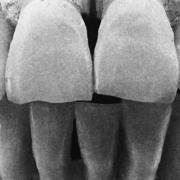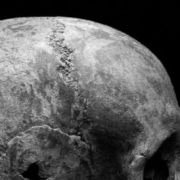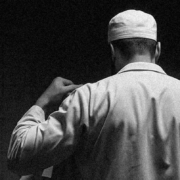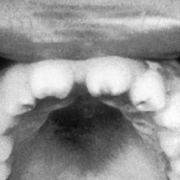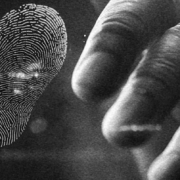DNA and Forensic Anthropology: A Symbiotic Duo in Criminology
The investigation of perpetrators through DNA analysis has established itself as an indispensable method in modern criminology. A sensational case from the early 2000s exemplifies the significance of this procedure impressively: a serial killer in South Louisiana could only be apprehended through the analysis of his DNA. Until that point, the FBI’s search focused on a white man who was supposedly driving a white pickup truck, at least according to eyewitness reports. However, the DNA analysis brought about a groundbreaking turn: it not only enabled the identification of genetic matches or familial connections but also determined the ethnic origin of the perpetrator. This realization led to the conclusion that the perpetrator could be an African American or Afro-Caribbean, rendering all previous leads obsolete. It became clear why previous DNA analyses of the suspected phenotype had not been successful and why the killer could continue to murder.
Shortly after this reassessment of the perpetrator’s profile, a 34-year-old African American, who was already previously convicted, could be arrested. This methodological precision has proven itself many times since, although DNA analysis is not without limitations. Specifically, this method is only applicable when DNA material is available. If it is missing, forensic anthropology can take on a key role.
Forensic anthropological analyses are particularly useful when moving or still images are available. These could be images taken during the commission of offenses, such as through distance measurements, speed limit violations, or red-light infringements. Also, video material from surveillance cameras at bank and gas station robberies, raids in jewelry stores, supermarkets, or gaming halls, as well as subway fights can be insightful. Recordings from so-called dash cams, installed in vehicles and documenting traffic violations, accidents, or similar incidents, also come into play.
These videos provide still images that can be forensically analyzed. Just as DNA analysis can narrow down ethnic origin, certain phenotypic features allow inferences about the perpetrator’s origin. The accumulation of specific features can increase the probability of determining origin. The more of these features can be identified, the more precise the likelihood of origin becomes.
It is a widespread misconception that DNA analysis and forensic anthropology are in competition. Rather, the two methods complement each other and cover different areas of identification. In the rare cases where both DNA traces and image material are present, both techniques together can have a symbiotic effect and significantly increase the likelihood of a successful perpetrator investigation. Forensic anthropology can help to substantiate an initial suspicion and create an initial profile, which can then justify a dragnet search and lead to the collection of DNA comparison material.
Both methods, DNA analysis and forensic anthropology, are thus not competitors but complementary tools in criminology. Together they form a powerful duo that can significantly enhance the efficiency of crime solving. Indeed, when it comes to tracking down criminals, one thing is clear: together, they are unbeatable.

